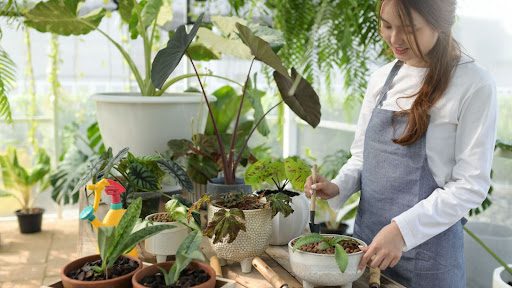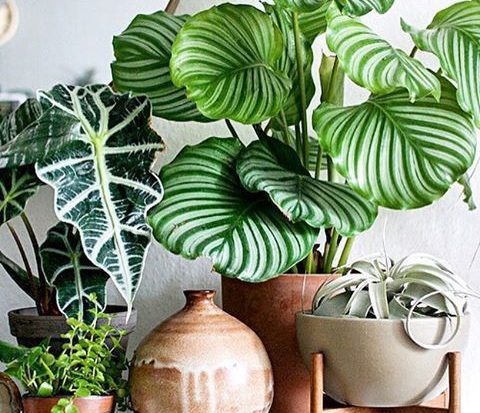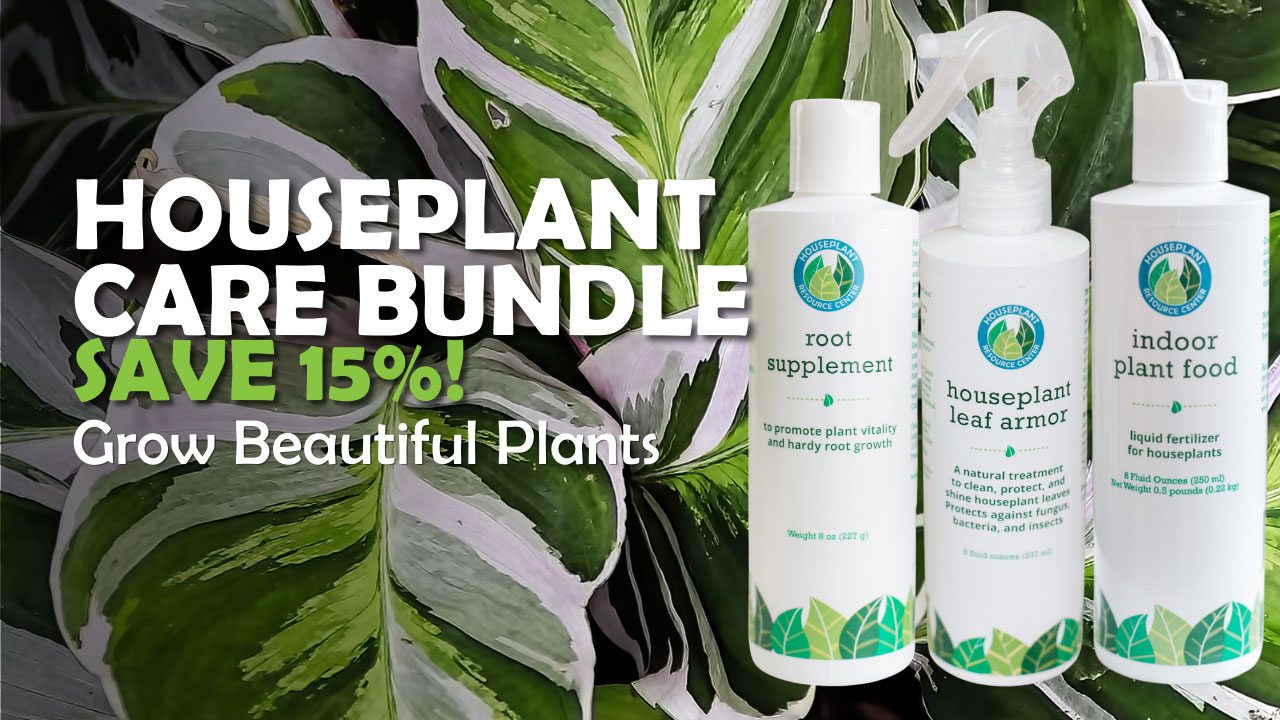Discover effective strategies for overcoming common houseplant issues. Explore a guide to houseplant care and maintain vibrant indoor greenery.
Table of Contents
Introduction
Keeping your houseplants healthy can feel like a fun and rewarding hobby. Having plants thriving in your space offers natural beauty and a touch of greenery that can brighten your day. But, like any good thing, keeping them healthy involves dealing with a few common problems now and then. Many plant enthusiasts find themselves facing issues like droopy leaves, mysterious yellow patches, or unexpected bug visits. Learning to spot these signs early can make all the difference in transforming a struggling plant into a thriving one.
This article focuses on identifying and fixing some typical houseplant challenges. Whether it’s figuring out just how much water your plant really needs or dealing with unexpected pest guests, we’ll guide you through understanding and solving these problems. With a few simple adjustments, you can keep your plants happy and your home looking lively.
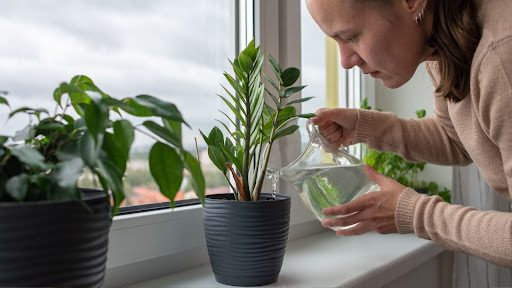
Overwatering and Underwatering
Watering your plants might seem simple, but it’s a balancing act that can puzzle even seasoned plant lovers. Both giving too much and too little water can lead to unhappy plants, each showing different signs.
Here are some common indicators:
– Signs of Overwatering: Leaves may turn yellow, and roots might develop rot.
– Signs of Underwatering: Leaves often droop and might appear dry, and the soil can look parched.
Finding the right watering schedule can take some tweaks. Start by checking the soil moisture before each watering. If the top inch of the soil feels dry, it’s likely time for more water. Try to avoid sticking to a strict schedule, as plants need more or less water depending on the season and their specific preferences. When you’ve overwatered a plant, it helps to gently remove it from the pot to inspect and trim any rotting roots. Let the soil dry out a bit before watering again. For underwatered plants, a thorough soak can help them bounce back quickly.
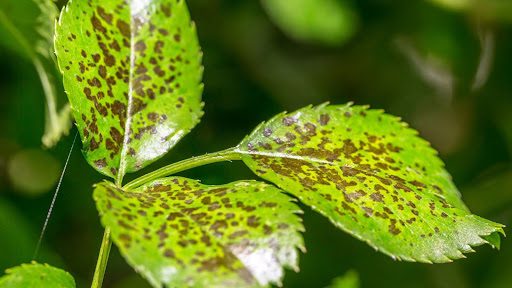
Pest Infestations
Encountering tiny critters on your cherished plants can be frustrating. Yet, pest problems pop up even for indoor plants. Common pests such as spider mites, aphids, and fungus gnats are notorious for invading houseplants.
Signs of these critters might include:
– Spider Mites: Tiny webbing on leaves and stems.
– Aphids: Sticky residue on leaves.
– Fungus Gnats: Tiny flying bugs around the soil.
Controlling pests starts with identifying them. Once you spot what’s bugging your plants, consider different approaches for getting rid of them. Natural solutions like sprays made of neem oil or soapy water work well for many pests. If the problem persists, commercial insecticide sprays might be necessary. To ward off future infestations, make sure your plants aren’t too crowded and have good airflow. Regularly checking plants for trouble lets you catch issues early before they grow into bigger headaches.
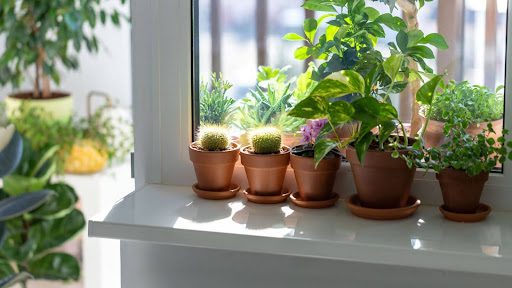
Insufficient Light
One of the sneaky issues that many plant owners encounter is insufficient light. When your plants are not getting enough sun, they might start to look a bit stretched out, a condition known as leggy growth. Leaves may turn pale or even begin to drop off. These signs indicate that your plant is reaching out, searching for more light.
Here’s how to recognize insufficient light and what to do:
– Leggy Growth: Watch for stretched stems with sparse leaves.
– Pale Leaves: Leaves may fade in color or become yellow.
To help your plant get enough light, assess the lighting conditions in your home. Some plants are more tolerant of low light than others, but most prefer a spot where they can soak up several hours of bright, indirect sunlight each day. You might need to shuffle plants around, placing them closer to a window. If that’s not an option, consider using grow lights to mimic sunlight. These can provide your plants with the rays they need when natural light is limited, especially during the shorter days of winter.
Nutrient Deficiencies
It’s easy to overlook the importance of nutrients in plant care, but a lack of them can lead to disappointing results. Common signs that your plant might be missing vital nutrients include yellowing leaves and stunted growth. These are signs that your plant isn’t getting what it needs from the soil.
Here’s a simple approach to tackling nutrient deficiencies:
– Identify symptoms: Look for yellow leaves or slow growth.
– Review your fertilizing routine: Ensure your plant is getting the right nutrients.
Choosing the right fertilizer means paying attention to what each plant specifically needs. There are a variety of fertilizers available, each formulated to provide particular nutrients. The best fertilizer is this Indoor Plant Food that is safe to be used each and every time a plant is watered so it doesn’t go through a ‘feast / famine’ type cycle.
Read labels carefully and select a fertilizer suited for your plant type. When it comes to application, less is often more. Over-fertilizing can cause its own set of problems, so aim for a schedule that’s regular but not excessive. Most plants do well with feeding during their growth seasons, typically spring and summer, with less during their dormant periods.

Wrapping Up Your Houseplant Care
Successfully managing plant issues involves a mix of keen observation and timely action. By monitoring your plant’s signs, correcting watering habits, ensuring adequate light, keeping pests in check, and providing the necessary nutrients, you’ll be well on your way to a lush indoor garden. Remember, a little attention goes a long way in keeping your plants healthy and happy. As you fine-tune your care routine, you’ll develop a deeper connection with your plants, enjoying both the challenges and the rewarding moments along the way.
To truly master plant care and transform your indoor garden into a thriving oasis, don’t miss out on downloading our guide to houseplant care.This comprehensive resource covers essential tips and tricks to ensure your plants flourish. Whether you’re just starting or are looking to refine your skills, our team is here to support your green journey every step of the way.

